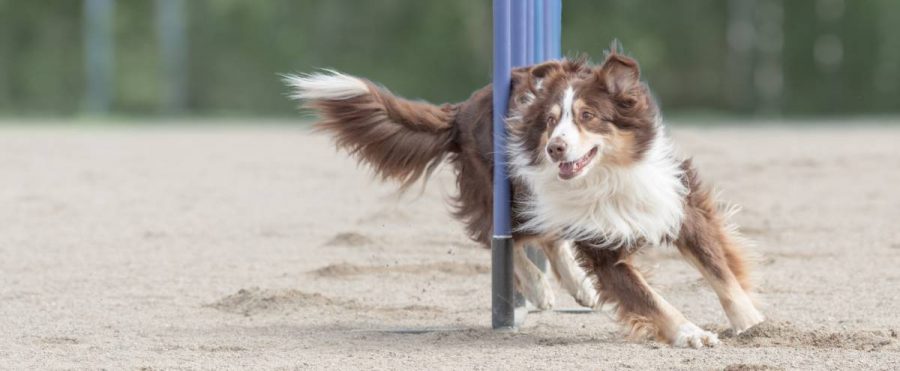The agility dog equipment is very important to obtain good results in this discipline and also to monitor the state of health of the dog during training.
We are talking about a real sporting discipline which sees the owner and their dog working together to overcome a series of obstacles and which rewards, therefore, on the one hand the human’s training abilities and on the other hand the dog’s physical strength and agility in performing at speed a series of almost surgical movements to overcome the obstacles in the best possible way. It is necessary a strong harmony and a lot of training to succeed in this sport so much so that the essential agility dog equipment is the one related to this phase and therefore to the obstacles that the dog must learn to face and overcome in order to compete in this discipline. There are different types of agility dog equipment and each of these puts the dog to the test in a different way, making it all very entertaining both for those who perform and for those who watch and admire.

Types of agility dog equipment
Among the agility dog equipment, the first to be mentioned is the slalom equipment, a series of sticks fixed to the ground in a row and at a certain distance from each other along which the dog must slalom. Then follow other equipment that place an obstacle in the path of the dog and that must be jumped over such as hedges, panels, walls or the tyre, which obviously must not be passed from above but crossed in its hole.
A third group of agility dog equipment is the one that requires the dog to move, to walk in a certain way. The walkway and the fence provide planks, wide enough, that the dog must go first up and then down. In both phases there are elements that prevent the dog from slipping because of the slope.
We close our overview of agility dog equipment with the tunnels that must obviously be passed through. We have two types: rigid and soft, the latter are obviously more difficult because the fabric sags and the dog can get confused and disoriented, but the other side of the coin is that they are usually shorter.
